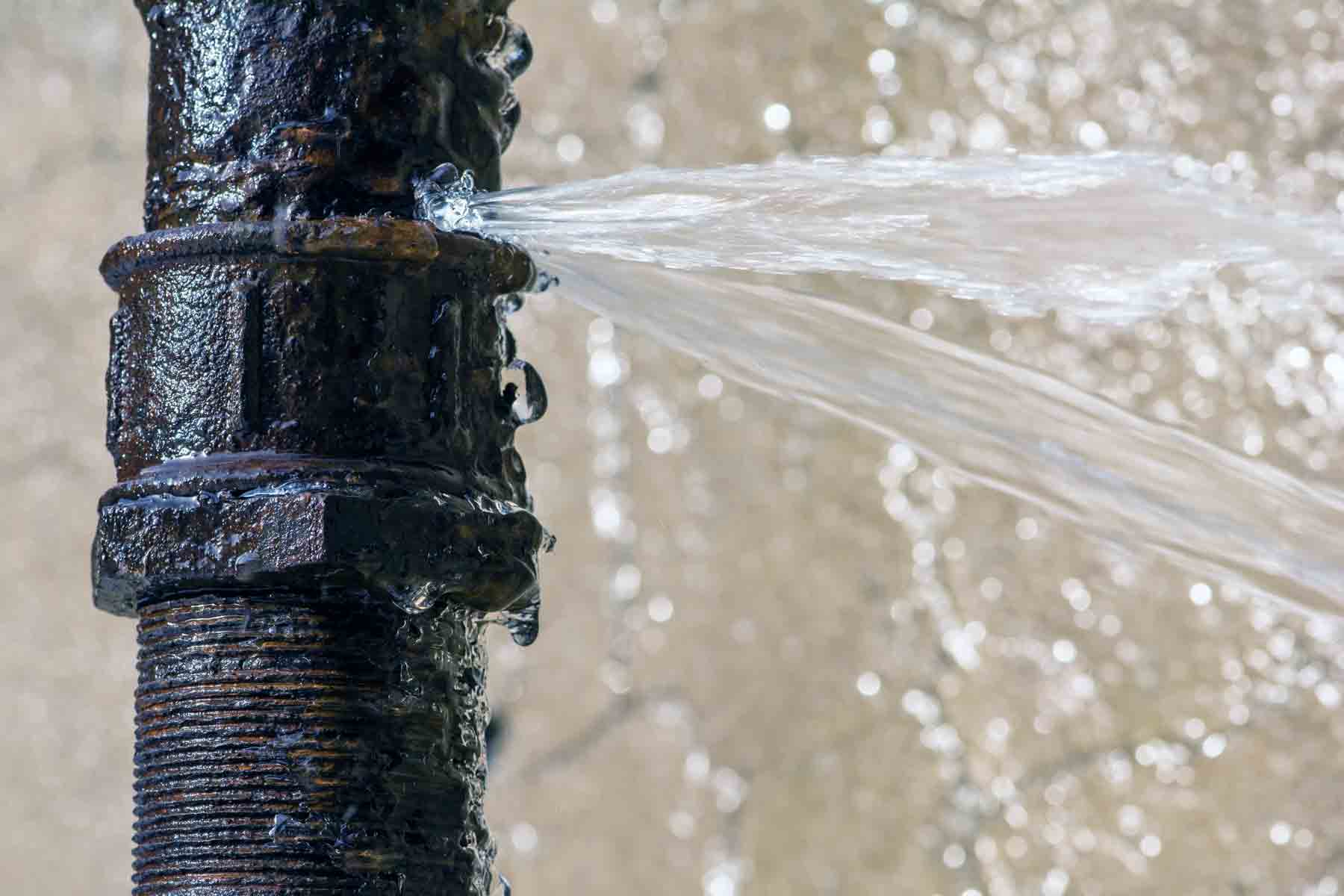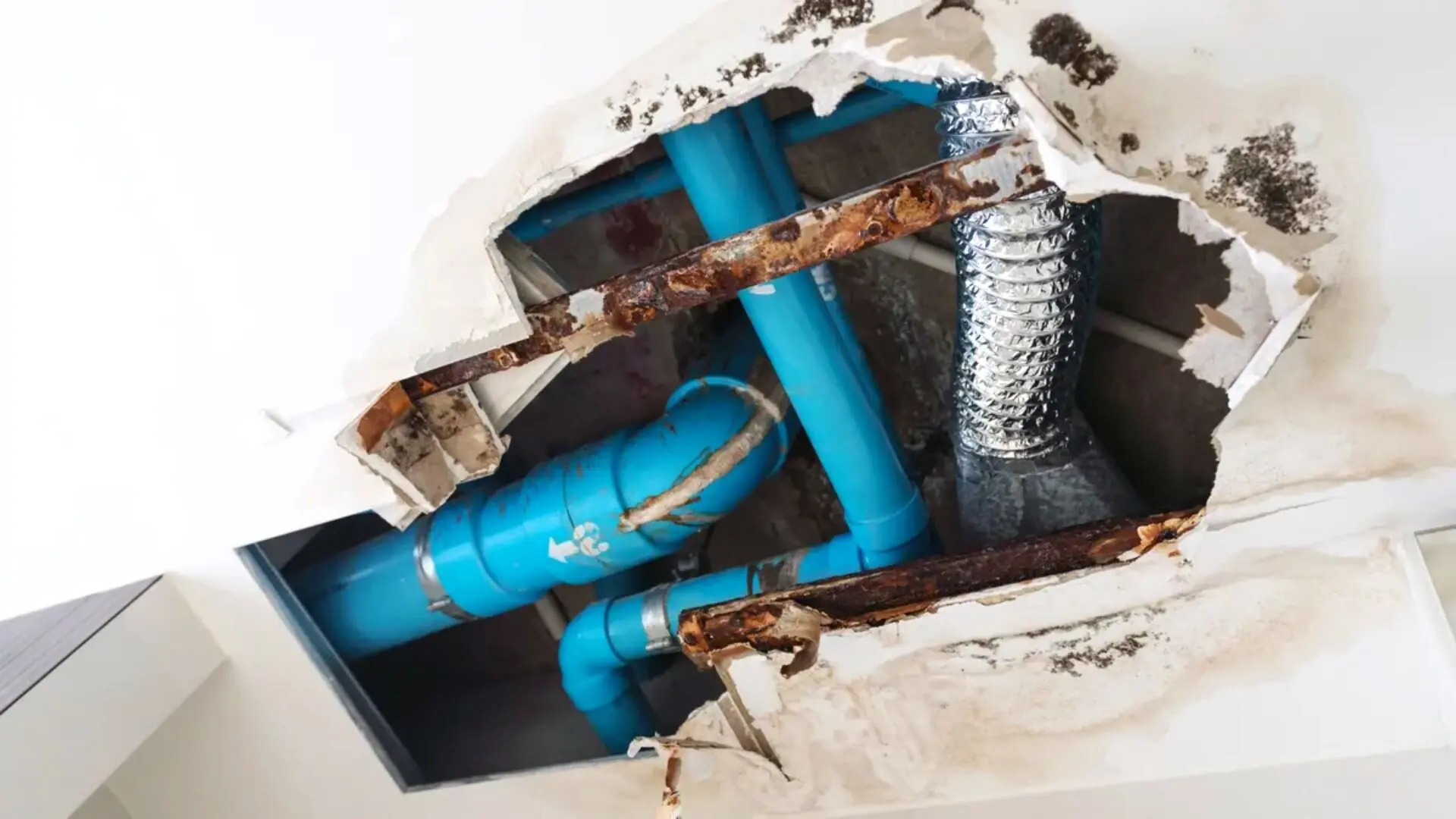Stopping Burst Pipeline: Vital Tips to Protect Your Plumbing
Protecting against burst pipelines is a vital concern for homeowners, especially throughout cooler months when the danger of freezing is increased. Implementing calculated steps such as proper insulation, routine examinations, and preserving regular interior temperature levels can substantially lower the likelihood of pipe failing. Additionally, recognizing emergency procedures equips homeowners to react promptly to potential plumbing concerns. Nonetheless, several are uninformed of the specific vulnerabilities that their pipes might deal with. Discovering these susceptabilities can provide vital insights into safeguarding your plumbing system successfully.
Understand Pipeline Vulnerabilities
Understanding pipeline susceptabilities is necessary for reliable pipes upkeep and preventing expensive damage. A number of aspects add to the susceptibility of pipes to ruptureds, consisting of material structure, age, and environmental problems. Older pipes, specifically those made from galvanized steel or polybutylene, commonly weaken gradually, leading to increased risk of ruptures and leakages.
Temperature level variations can likewise significantly impact pipe honesty. In colder climates, water caught in pipes can freeze, increasing and exerting stress on the pipeline walls, which might ultimately result in a ruptured. In addition, high water stress can stress pipes, especially at joints and bends, heightening the likelihood of failure.

Insulate Pipes Properly
Correct insulation of pipes is essential for protecting against cold and succeeding bursts during cool climate (burst pipe). Insulating your pipes system properly safeguards against temperature level drops that can lead to expensive damages. Begin by recognizing vulnerable areas where pipes are revealed to exterior temperature levels, such as cellars, attic rooms, and exterior wall surfaces
Use foam pipeline insulation sleeves or wrap insulation tape around these locations to give a protective barrier. Guarantee that all areas of the pipelines, specifically those with minimal heat direct exposure, receive appropriate insulation. Pay special focus to fittings and joints, as these are a lot more at risk to cold.
When protecting, it's important to select materials that satisfy neighborhood structure codes and are proper for the specific environment. As an example, fiberglass insulation is typically advised for its thermal resistance residential or commercial properties - burst pipe. Furthermore, think about utilizing warmth cable televisions or tape in severe problems, which can be connected in to give supplementary warmth
Regularly inspect shielded pipes for any type of indications of wear or damage, as jeopardized insulation can lessen its effectiveness. By taking these i thought about this aggressive procedures, you significantly reduce the risk of pipe bursts, guaranteeing a trusted pipes system throughout the winter season.
Maintain Regular Temperature
A stable interior temperature is crucial for stopping ruptured pipelines during the frigid months. When temperature levels drop, water within pipelines can freeze, creating and broadening pressure that may ultimately cause the pipelines to burst.Making use of a programmable thermostat can help take care of interior temperature levels efficiently, making certain that rooms with plumbing remain warm also when the home is unoccupied.
This minor circulation of water can avoid freezing by easing pressure within the pipes. By executing these techniques, house owners can significantly minimize the threat of pipeline bursts and secure their plumbing systems against the severe winter season elements.
Frequently Evaluate Pipes
Routine assessments of pipes systems are critical for avoiding burst pipes and maintaining general home stability. Routine checks permit home owners to recognize possible issues prior to they escalate right into costly repairs or major water damages. During these examinations, it is necessary to analyze noticeable pipelines for indications of deterioration, leakages, or put on. Pay special attention to areas prone to cold, such as basements, attics, and outside walls.
In addition, checking joints and connections is essential, as these factors are typically at risk to leaks. Homeowners ought to also examine water pressure degrees, as extreme stress can strain the plumbing system and enhance the danger of pipeline bursts.
Think about scheduling expert pipes evaluations at the very least when a year, particularly before wintertime, to ensure your system is prepared for cooler temperature levels. By being aggressive in your approach, you can secure your home versus the turbulent and expensive effects of burst pipes.
Know Emergency Procedures
Comprehending emergency treatments is crucial for every homeowner, particularly after performing routine pipes evaluations. Being prepared for a plumbing emergency situation can considerably mitigate damages and conserve prices.
Next, maintain important tools helpful. A pipes emergency situation kit must include a wrench, plunger, and towels, in addition to a flashlight and a container for tiny leaks. In addition, think about having the contact information for a trusted plumbing conveniently available, should the scenario escalate past your webpage control.
If you find a leakage or ruptured pipeline, right away switch off the water system and notify your plumbing technician. In addition, document the damage with photos for insurance policy objectives. burst pipe. Recognize the signs of prospective pipes issues, such as unusual water stress fluctuations or damp spots on wall surfaces
Eventually, positive knowledge and speedy activity are vital in managing plumbing emergency situations, guaranteeing your home remains secured and minimizing potential damages.

Final Thought
In final thought, protecting against ruptured pipes necessitates a diverse approach that includes understanding pipeline vulnerabilities, proper insulation, preserving consistent interior temperature levels, normal evaluations, and understanding of emergency procedures. By applying these vital strategies, the threat of pipes failures can be considerably minimized, consequently making sure the longevity and efficiency of the pipes system. Proactive steps not only guard against prospective damage yet additionally add to general water conservation and the defense of home.
In colder environments, More hints water caught in pipelines can ice up, putting in and increasing pressure on the pipe wall surfaces, which may eventually lead to a burst. When temperature levels drop, water within pipelines can ice up, broadening and producing pressure that might inevitably cause the pipes to ruptured. By applying these methods, homeowners can considerably lower the risk of pipeline bursts and safeguard their plumbing systems versus the extreme wintertime aspects.

Comments on “What to Do When a Burst Pipe Causes Water Damage in Your Home”